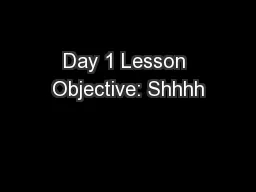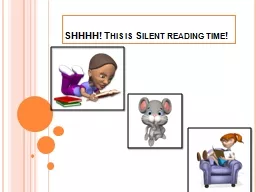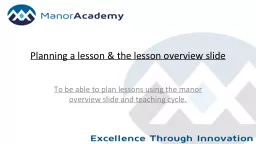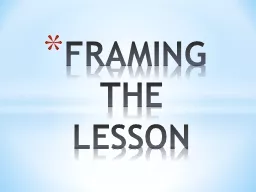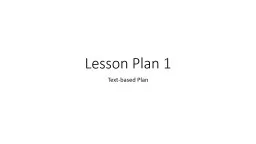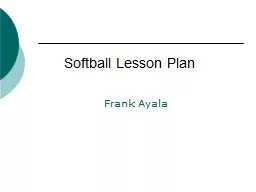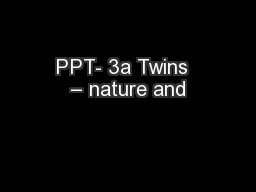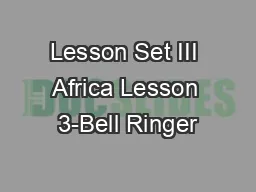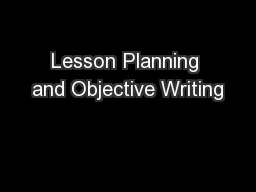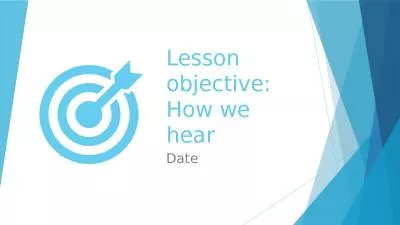PPT-Day 1 Lesson Objective: Shhhh
Author : cheryl-pisano | Published Date : 2019-02-24
Its a secret You will have to tell me what the point of the lesson is when we are finished Observation I noticed that girls throw farther than boys Question Do
Presentation Embed Code
Download Presentation
Download Presentation The PPT/PDF document "Day 1 Lesson Objective: Shhhh" is the property of its rightful owner. Permission is granted to download and print the materials on this website for personal, non-commercial use only, and to display it on your personal computer provided you do not modify the materials and that you retain all copyright notices contained in the materials. By downloading content from our website, you accept the terms of this agreement.
Day 1 Lesson Objective: Shhhh: Transcript
Download Rules Of Document
"Day 1 Lesson Objective: Shhhh"The content belongs to its owner. You may download and print it for personal use, without modification, and keep all copyright notices. By downloading, you agree to these terms.
Related Documents

